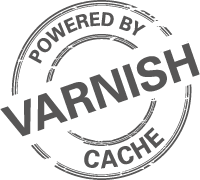Preloading posts is one of the popular recommendations by most articles on the internet on how to speed up your WordPress site. Since, most WordPress sites (I’d say over 99%) have little or negligible traffic, it is highly recommended to get the posts preloaded in the cache so that the visitors do not have to wait to get the generated on-the-fly that actually takes some time. In this case, by the time the post is generated to be served to the visitor, the visitors may have gone to visit another website. So, do I recommend preloading? Yes (for low traffic sites) and no (for high traffic sites). Read more for a bit of explanation on this…
Continue reading “WordPress Preloading Posts / Pages / Images – What, when and how!”

